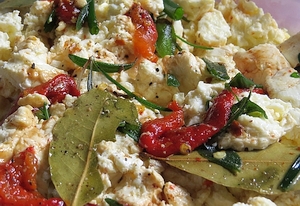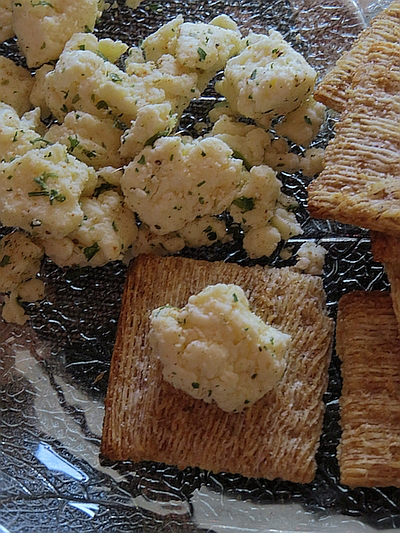|
|
Tag Archives: cheesemaking
Should You Use Calcium Chloride When Making Mozzarella?
Lately, online cheesemaking forums have been abuzz with controversy over the question of whether calcium chloride should be used when making mozzarella. Some folks insist that calcium chloride is necessary for proper curd formation, and others argue that it prevents the curds from stretching.
So, who’s right?
To get to the bottom of this controversy, we turned to world-renown cheesemaker Margaret Morris, author of The Cheesemaker’s Manual, 2015 winner of First Prize at the American Cheese Society (ACS) Society, and 2013 winner of the top award at the Global Cheese Making Competition in Somerset, UK.
Here’s what we learned. Continue reading
Ultimate Cheese Press Instructional Video
The Ultimate Cheese Press and More!
Wardee from GNOWFGLINS shows us how to use The Ultimate Cheese Press step by step. It’s very simple and seeing it in action lets us know we’re doing it just right.
You’ll find supplies you need to make cheese on our website. Calcium chloride and lipase are here. Cheesecloth and muslin. We have a great variety of cultures.
Do you need drying racks, funnels and other cheese making tools? We have two cheese making books. And kits. We have great cheese making kits.
And there’s more! You’ll find more cheese making supplies here.
Cheese Recipes
We’re proud of our American made products. Made in the USA, they keep our dollars in not just our country but in our communities.
Cream Cheese Recipe
Homemade Cream Cheese
There’s nothing like homemade cream cheese. You’ll be pleasantly surprised by the difference, especially if you follow this homemade cream cheese recipe.
- Place cream from milk into quart jar. If you’re using store bought cream you should use one pint.
- Add 1/16 tsp Mesophilic culture and stir well.
- Cover the jar and leave on the counter at room temperature for 12 to24 hrs, or until cream is thick just like sour cream, in fact when it is ready, this thicken cream IS sour cream!
- Place cheesecloth over colander that is sitting inside large bowl or pot.
- Remove the thick sour cream from the quart jar right into the cheesecloth. Wrap up the cheesecloth and either hang freely to drain the whey and butter milk from the sour cream.
- The longer is drains the dryer the cheese will be. Allow approx 8 to 12 hours of drying time.
- Remove cream cheese from the cheese cloth and add spices, herbs, natural sweeteners to your taste preference.




